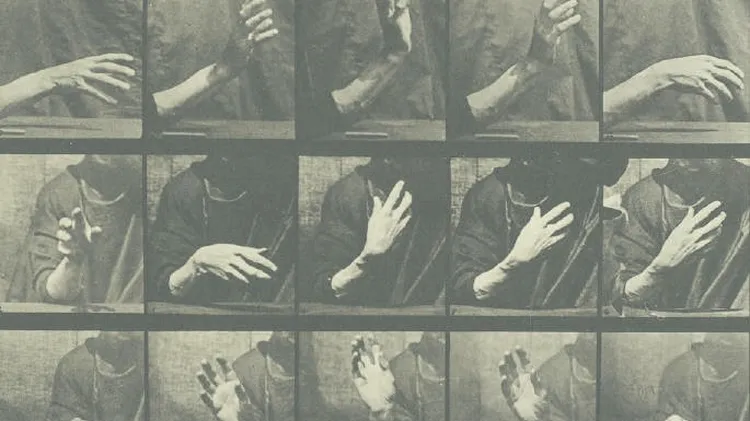The Moon orbits Earth at an average distance of 239,000 miles, yet it impact
Magic of the moon
5 min read
This article is from...
Read this article and 8000+ more magazines and newspapers on Readly






